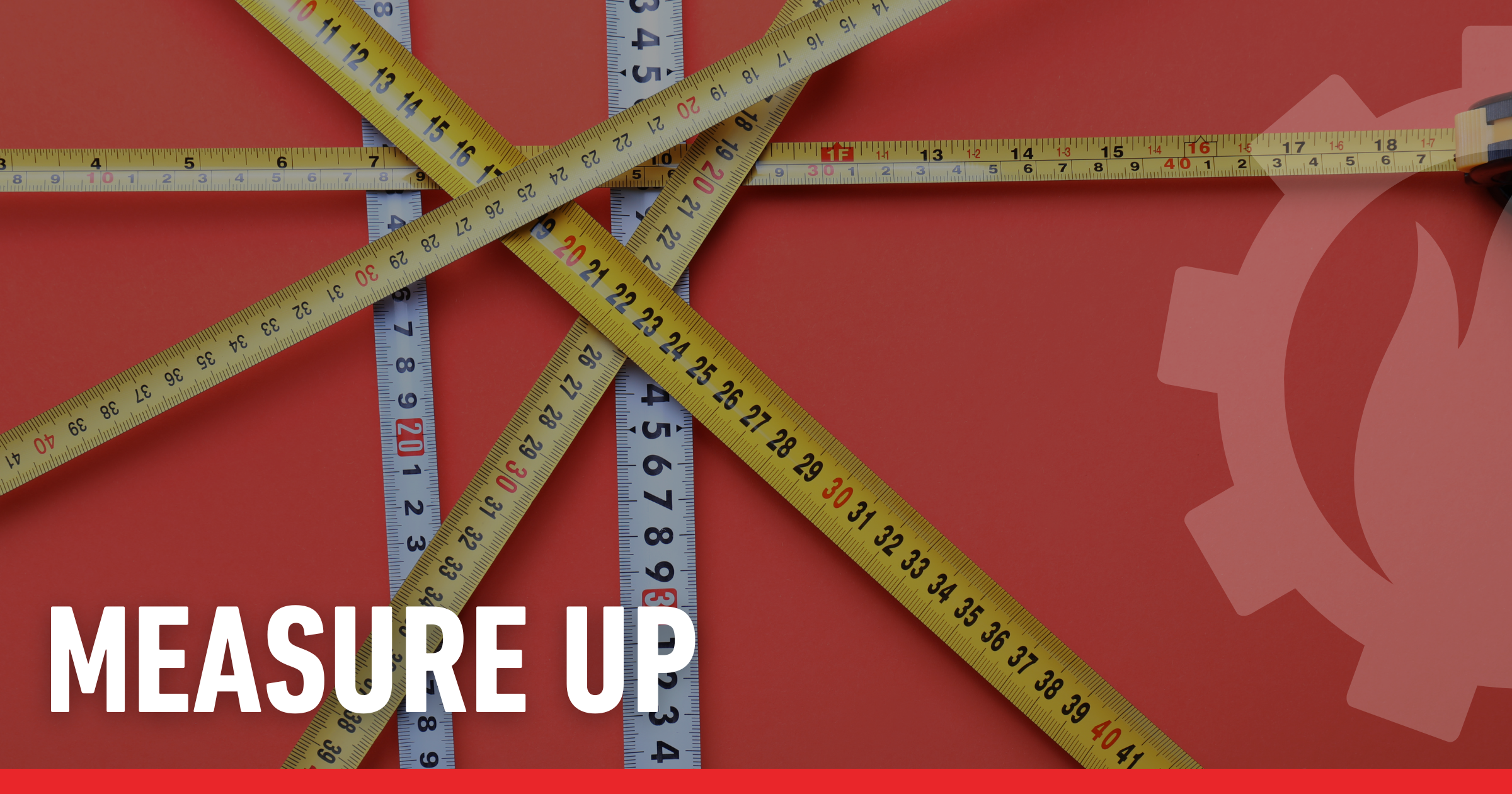Measure Up
The other day, I was reading a report on a new car about to launch, and the author expressed one of its features in horsepower (even though it was a hybrid). It got me to thinking about where everyday measurements like horsepower came from and how we measure things – something that’s critically important here at KHT, when we’re happily solving your PIA (Pain in the @%$) Jobs. From ancient rulers to internet routers, our need to measure and compare is deeply human. These units – scientific, historic, and occasionally silly – reveal not just how we understand the world, but how we interact with it. So, I went to the internet and found some interesting history and facts about random measuring – from the speed of a car to the spin rate of a golf ball (to help explain why my ball sometimes spins off into the woods). Not surprisingly, humans have invented all kinds of clever ways to quantify the world around us. Some systems are rooted in science, others in history, and a few are just plain quirky. Around both my home and here at KHT, one of my personal favorites is when I need to express a large amount of anything (It’s a Crap Ton!) Here’s a fun dive into fascinating units of measurement, how they came to be, and why they still matter. Be sure to click the links if something catches your eye so that you can dig a bit deeper into each one. Enjoy, and if you think of anything I’ve missed, shoot me an email at skowalski@khtheat.com.

Horsepower – Invented by: James Watt (late 1700s)
Measures: Power — originally, the work a horse could do pulling coal. Watt used it to compare steam engines to real horses. Today, it’s how we measure the muscle behind cars, trucks, and even lawnmowers.
Miles Per Hour (mph) – A mix of Roman and Babylonian systems
Measures: Speed — how many miles are covered in an hour. It’s the standard speed measure in American transportation — from speed limits to sports cars.
Inches, Feet, and Yards – Based on human body parts – a foot, a thumb (inch), a stride (yard)
Measures: Monarchs like King Henry I. Still widely used in construction, design, and everyday life in the U.S.
Light Years – 19th-century astronomer Fredrich Bessel
Measures: Distance — how far light travels in one year (about 5.88 trillion miles). Used to measure vast distances in space — when you look at a star, you’re seeing the past.
Speed of Sound (Mach) – Named after Physicist Ernst Mach
Measures: Speed relative to the speed of sound in air (~767 mph at sea level). Used in aviation and space travel — Mach 1 breaks the sound barrier.
Spin Rate (RPM) on a Golf Ball – Measures revolutions per minute
Measures: Determines how the ball behaves in flight and after it lands. Pros generate 6,000–12,000 RPM with a wedge – it’s a science of precision.
Decibels (dB) – Named after Alexander Graham Bell
Measures: Sound intensity on a logarithmic scale. From whispers (30 dB) to jet engines (130 dB), it helps us understand and regulate sound.
BTUs (British Thermal Units) – Thomas Tredgold inventor
Measures: Energy — how much heat is needed to raise 1 lb of water by 1°F. Key in HVAC systems, cooking appliances, and industrial heat treating.
Carats – Based on the weight of carob seeds – (this is news to me!!)
Measures: Weight of gemstones (1 carat = 200 mg). A small measurement with big value in jewelry and finance.
The Smoot – MIT prank (1958) Love this one !!!! (“plus one ear…”)
Measures: 1 Smoot = 5’7″ — the height of Oliver Smoot, used to measure a bridge. It’s a fun example of unconventional measurement that still appears on Google Maps.






Leave a Reply
Want to join the discussion?Feel free to contribute!